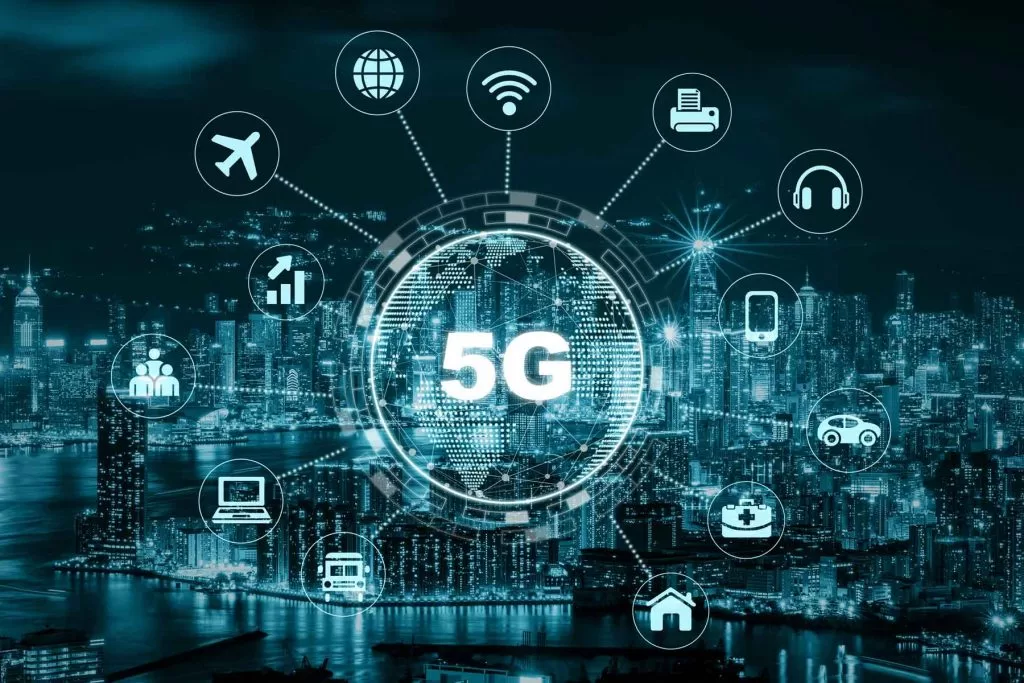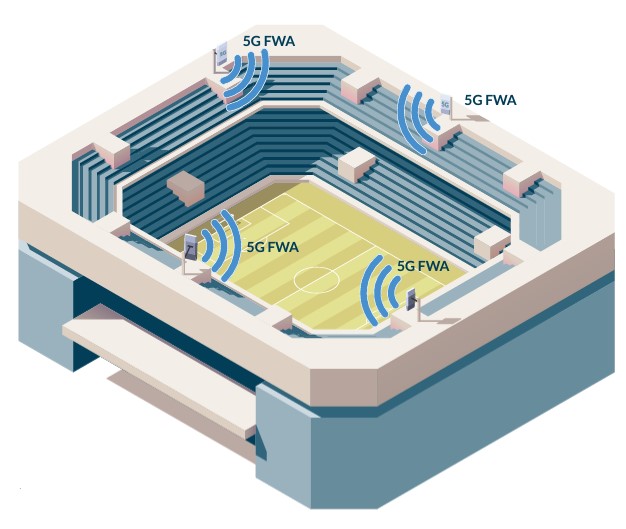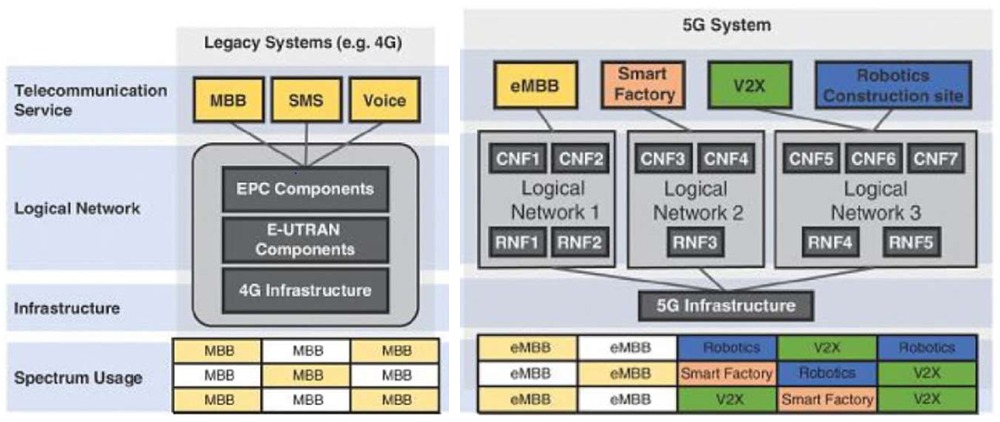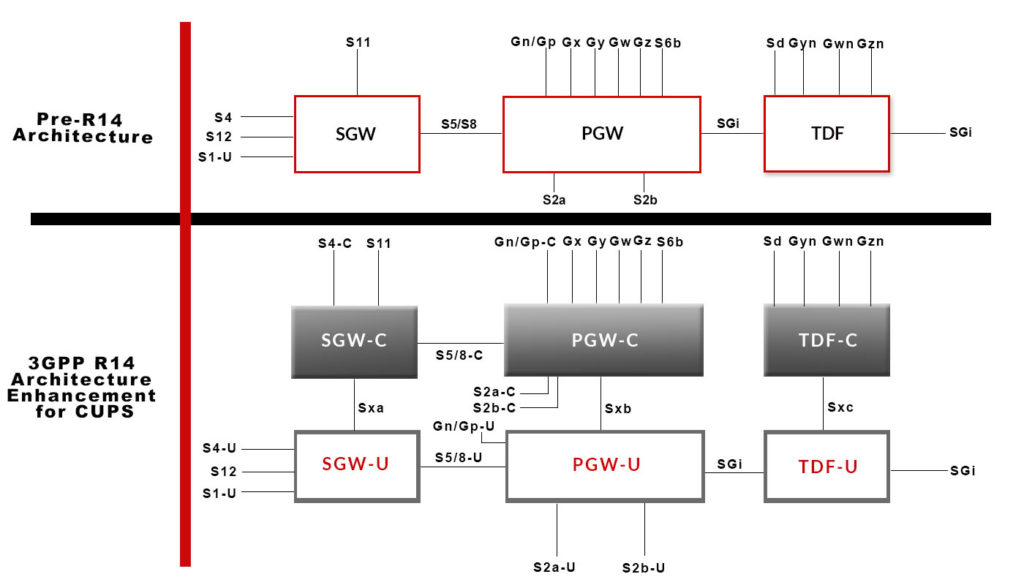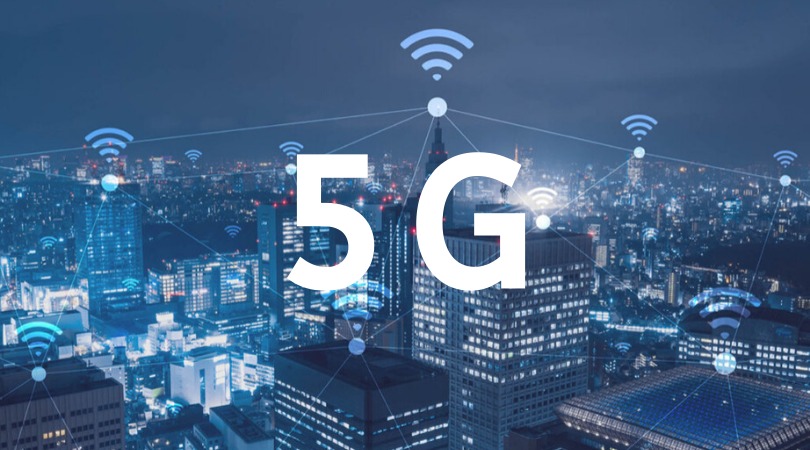3.5GHz is a range of spectrum selected by 3GPP for 5G NR as the primary candidate for 5G frequency deployment. Although most Operators worldwide are planning to use the 3.5 GHz band for the initial 5G deployments, there is still a lot of ongoing analysis regarding the pros and cons of using this frequency band.
3.5GHz Coverage
Typically, the coverage provided by the 5G NR 3.5 GHz TDD spectrum due to the higher frequencies used is relatively lower compared to existing LTE bands. Furthermore, there is an extra limiting factor for coverage since there is a limitation due to restrictions on the User Equipment (UE) transmit power. That is why 3.5GHz deployments will need support by LTE frequencies at least in the Uplink (UL) direction.
A pure 5G NR 3.5 GHz installation with M-MIMO antenna (24dBi) provides approximately half the cell range as an LTE 1.800 cell and about a quarter of the coverage area. Therefore, 3.5 GHz is sufficient for good outdoor coverage, while indoor coverage will probably be best-effort. Using for example a 1.8GHz carrier for the Uplink will support an LTE1800-like coverage. This means that for Uplink enhancement, the NR carrier will occupy capacity and spectrum both in 3.5GHz but also in the 1.8 GHz range.
Capacity & Spectral efficiency
Spectral efficiency at 3.5GHz typically increases from 1.6 bps/Hz for LTE-A 2×2 to 7 bps/Hz for 5G NR 64TRX. The resulting capacity gain equals the “spectral efficiency gain x spectrum used”. As a result, the achievable capacity gain from M-MIMO antennas is approximately 2.5 times higher compared to a classic LTE 4×4 configuration. Furthermore, a realistic NR deployment with M-MIMO provides approximately 16 times higher capacity than today’s LTE 2×2 offered capacities. However, the limited coverage probably narrows the network capacity benefit.
The real gain depends on the user distribution, building structure and environment (e.g. indoor/outdoor), and the available spectrum. 64 TRX M-MIMO antenna setup, works best in extreme high buildings, heavy urban environments. However, 64TRX M-MIMO antennas may be suitable for specific areas of North America and SouthEast Asia, but cannot realize their full potential in all cases. Especially in areas such as European cities, there seems to be a better fit for 32/16TRX Antennas, where 32TRX are applicable for very dense/dense-urban environments and 16 TRX for urban and suburban environments.
EMF restrictions
As there are deployment restrictions on EMF for the 5G 3.5 GHz TDD spectrum, these
EMF limitations can significantly increase rollout costs. Furthermore, the share of rooftop sites needing major adaptations bears an important risk for significantly higher rollout costs and delays. EMF for 5G can, therefore, lead to significant site reconstructions. EMF from M-MIMO creates a risk of high additional costs for site upgrades and replacements, considering that a remarkable share of roof-top sites may already have an EMF issue. At the moment, a network assessment across the existing installed base with local evaluations is needed by the operators. Measures to reduce the EMF impact are under development but need acceptance and a final agreement with regulators.
TDD spectrum characteristics
Within a coverage area, in a TDD spectrum transmission, the eNBs and UEs of an operator are not allowed to transmit while others receive simultaneously. Even if the other operator’s eNBs operate on the adjacent frequency, the interference would still be strong enough compared to the wanted UE signal and will, therefore, degrade service quality.
In order to compensate for these interference issues and leverage its full potential, the TDD spectrum needs either synchronization between the operators or the use of guard bands. The use of a typical guard band between operators will result in a loss of capacity and peak throughput at 100MHz, depending on the guard band used. The other alternative is to implement synchronization. The drawback this time is that there will be no flexibility to adapt to a specific traffic profile needed for Uplink/Downlink or for ultra-low latency services. The frame structure for the UL/DL must be agreed upon between the different operators, while the synchronization of the TDD transmission is also vital for optimum performance. The need has, therefore, risen to find a common framework agreement between operators on this issue.
5G low-band legacy spectrum
As legacy spectrum, we refer to the already used lower bands for LTE RAN communication between the eNBs and the User Equipment (UEs). The expected capacity gain from NR compared to LTE is approximately 20% for a 20MHz bandwidth channel. However, spectrum sharing between LTE and 5G NR reduces the capacity since both carrier and signaling are transmitted. This means that the gain will disappear if the spectrum is shared with LTE since NR provides the above capacity gains if no spectrum sharing is used.
To fully utilize today‘s spectrum, dynamic spectrum sharing will become a mainstream option. Reusing a typical LTE carrier bandwidth of 20MHz can lead to a 20% capacity gain due to reduced NR signaling. However, especially if the initial NR terminal penetration is low, dynamic spectrum sharing will result in a corresponding loss of capacity due to LTE and NR signaling that needs to be transmitted.
3.5 GHz Summary
EMF from 5G M-MIMO creates a significant risk for additional site construction and rollout costs. Several SW features to reduce the EMF impact are under development but it all comes down to regulation. The operators need to ensure sufficient lobbying for acceptance of these mitigation features. Further evaluation is necessary for the risk, with and without SW features, to increase the statistical base for assessment, such as the number of assessed sites.
Operators need to agree with the regulators in common terms regarding a cross-operator synchronization and TDD frame structure agreement, assessing the risk of lost flexibility. Since the guard band is estimated to be around 20MHz and results in loss of capacity, synchronization between operators that prevents the guard band is the alternative solution.
3.5 GHz band will provide on-street and moderate indoor coverage, but LTE Uplink is needed for support. The LTE Uplink will be significantly loaded by UL traffic from TCP control. Operators need to investigate the possibility of using LTE Uplink by performing coverage estimation and reviewing the recommendation to use 16/32TRX antennas.
Overall, a key takeaway is that after careful examination and with the ongoing 5G deployments worldwide, it seems that the capacity value of the 3.5 GHz for 5G NR is significant, but may not be as high as initially assumed by most Operators. Further assessment and practical examples of the ongoing 5G rollout will reveal the real benefit.


